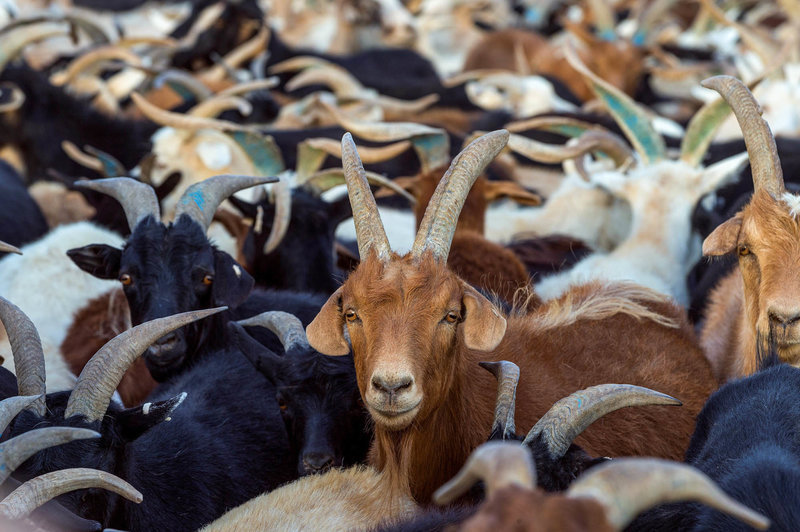Second outbreak of ovine rinderpest reported in Iran

TEHRAN — Iran reported the second outbreak of the highly contagious ovine rinderpest over the past 6 months, haunting livestock in Taleqan county situated in Alborz province, north of the country, Tasnim reported on Tuesday.
Ovine rinderpest commonly known as Peste des Petits Ruminants (PPR) or sheep and goat plague, is a highly contagious animal disease affecting small ruminants. Once introduced, the virus can infect up to 90 percent of an animal heard, and the disease kills anywhere from 30 to 70 percent of infected animals. The PPR virus does not infect humans.
Unfortunately, the infectious disease casualties in Taleqan amounted to 15, so far, Fardin Hakimi, chief of the Alborz province department of environment (DOE) said.
“Due to the fact that wildlife is moving and not staying in their habitats, there is a possibility of transmission and spread of the disease among wildlife and livestock even in other provinces,” he warned.
Hakimi went on to say that a meeting was held on controlling the disease chaired by the head of National Disaster Management Organization, and the representatives of the Red Crescent Society, the Plan and Budget Organization, and other related officials, in attendance.
“Currently, experts and DOE’s forces are conducting surveys in the infected region,” he said, adding that livestock are being moved out of the region, in addition to being vaccinated.
Rangers in the area are identifying contaminated areas, burning carcasses of infected animals and disinfecting the lands and watering troughs, he highlighted.
The disease is expected to spread among other wildlife populations of Alborz province and Taleqan county, he regretted, adding, in this regard, it is necessary to take urgent measures to contain the disease and preventive measures must be taken at the regions which are yet to be infected with the disease.
“We call on all responsible bodies, environmentalists and locals to help control the disease and reduce the mortality rate,” he concluded.
Earlier in July, another outbreak of ovine rinderpest has occurred in the southeastern province of Kerman, which have killed some 50 heads of rams and wild goats.
Moreover, Siamak Masoudi, head of wildlife diseases office of the DOE said that the disease was first spotted in Iran in late 1370s (1997-2000), following the smuggling of domestic livestock to the country, which have taken the lives of 1,200 heads of precious wild ruminants, over the past few years.
According to World Organization for Animal Health (OIE), standard disease control measures consisting of quarantine, movement control, sanitary slaughter, and cleaning and disinfection should be applied to prevent or control the disease. The virus is susceptible to most disinfectants. There are no medications available to treat the disease, but supportive treatment may decrease mortality. A vaccine is used where the disease is established and it provides good immunity.
FB/MQ/MG
